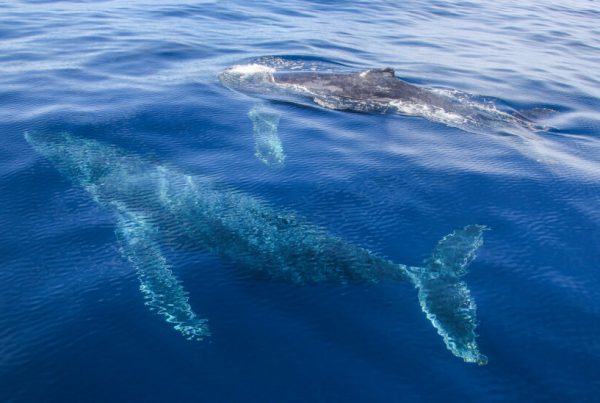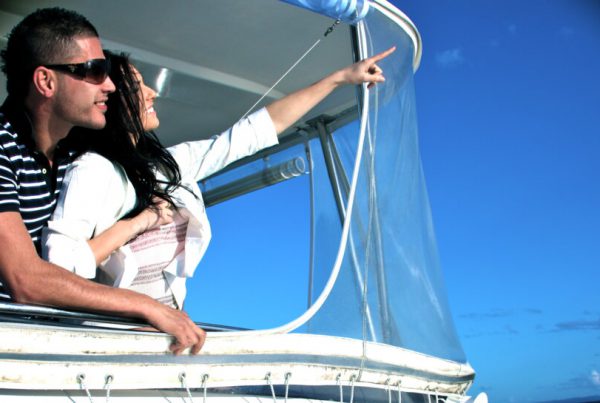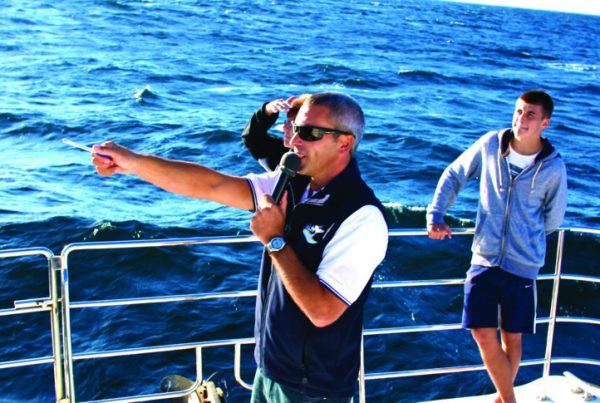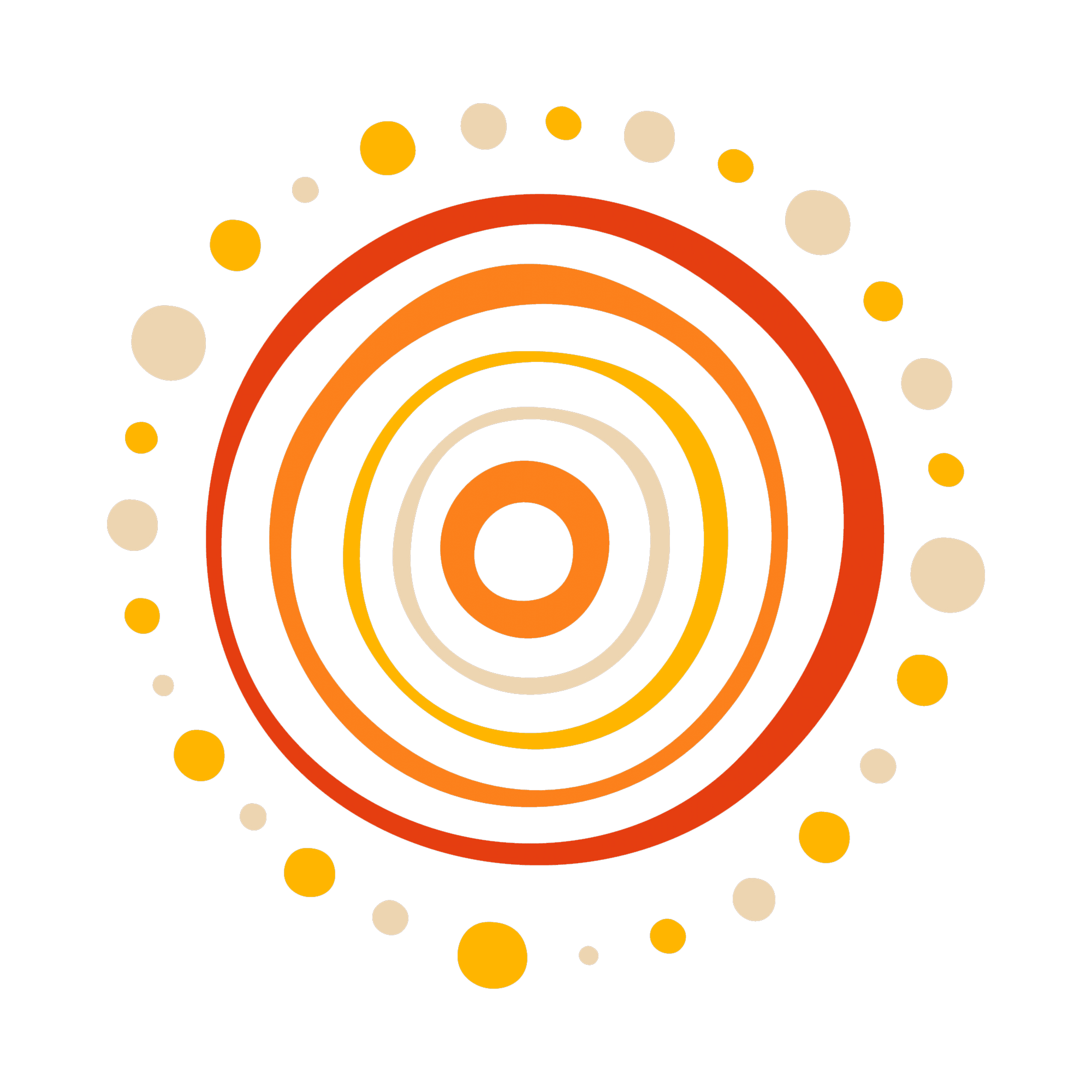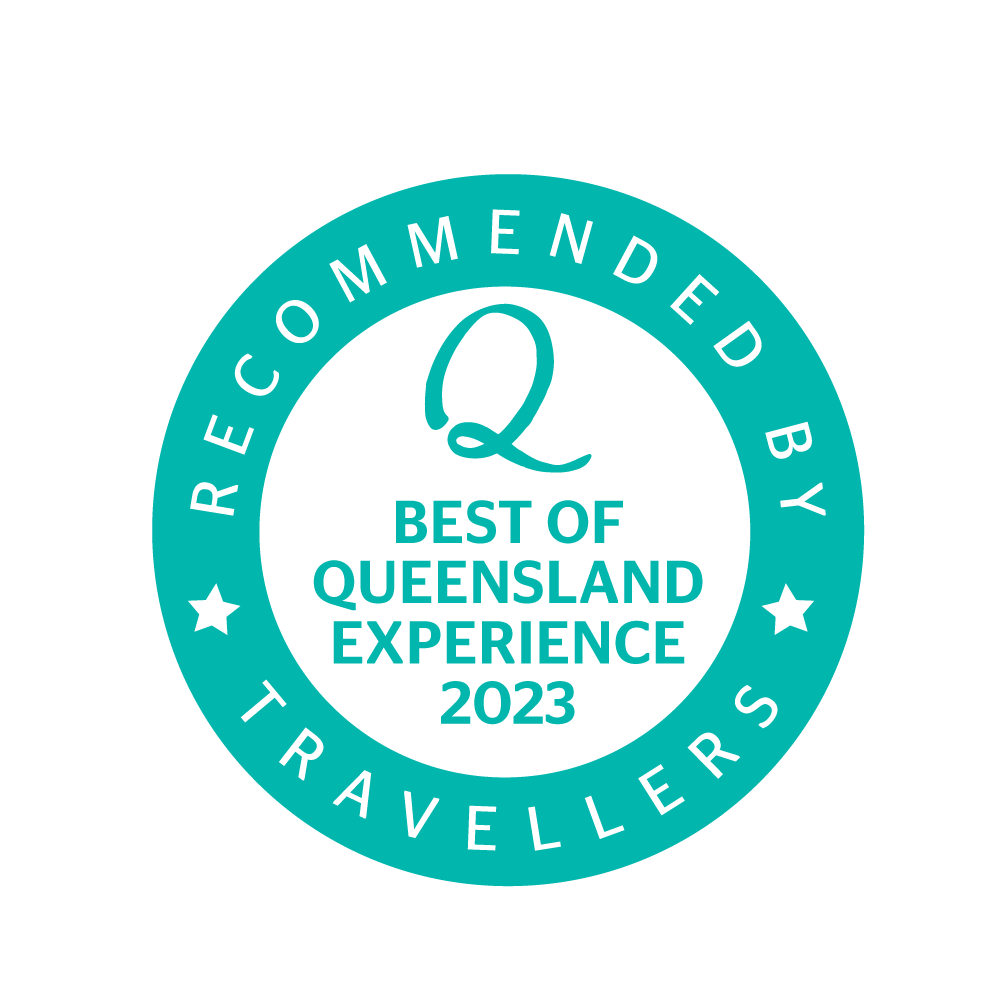From whaling to whale watching: A story of recovery
Whale Watching

Whales in Paradise offers intimate encounters with one of the most remarkable creatures of the deep – whales. Today you can witness one of the animal kingdom’s most breathtaking spectacles from our very own Mahi Mahi vessel: 40,000 migrating humpback whales passing through the Gold Coast bay twice each year following an ancient route known as the Humpback Highway. But this hasn’t always been the case in our recent history due to the tragic workings of the whaling industry.
Australia’s First Nations Peoples did not hunt whales. Whaling in Australia began in the late 1700s using harpoons from small boats. The whales were towed behind the boats back to whaling stations on shore. Whale products were used for a number of things. The blubber was melted to be used as oil for lamp fuel, candles and lubricants and as a base for perfumes and soaps. Baleen (whalebone) was used for corsets, umbrellas and whips.
Whaling and exporting whale products become one of Australia’s first primary industries. Numerous coastal whaling stations were established around Australia in the late 1820s to 1830s. Devastatingly, whale species became so over-exploited they came very near to extinction. This over-exploitation eventually led to the demise of the whaling industry in Australia, and when whale numbers dropped in the 1900s, laws were finally passed to protect these magnificent marine mammals.
Since then, Australia has become a world leader in the protection and conservation of whales. Our waters are home to approximately 45 species of whales and dolphins and the protection of these species is a priority for our government. The Australian Whale Sanctuary, established in 1999, makes sure all whales are protected in our waters. Within the sanctuary, it is illegal to kill, injure or interfere with whales, with severe penalties applying to anyone who tries to do so.
Thanks to these vital and necessary laws, whale populations are flourishing. Luckily for us, Australia has one of the strongest recovering populations of whales off our coasts. Join us at Whales In Paradise to marvel at the dramatic aerial displays of humpback whales, or feel the warm and fuzzies watching mothers tenderly care for their calves. And remember to keep your camera ready because whales aren’t the only animals that curiously approach the vessel. Charming dolphins, big green sea turtles and migratory seabirds may try to steal the show.
